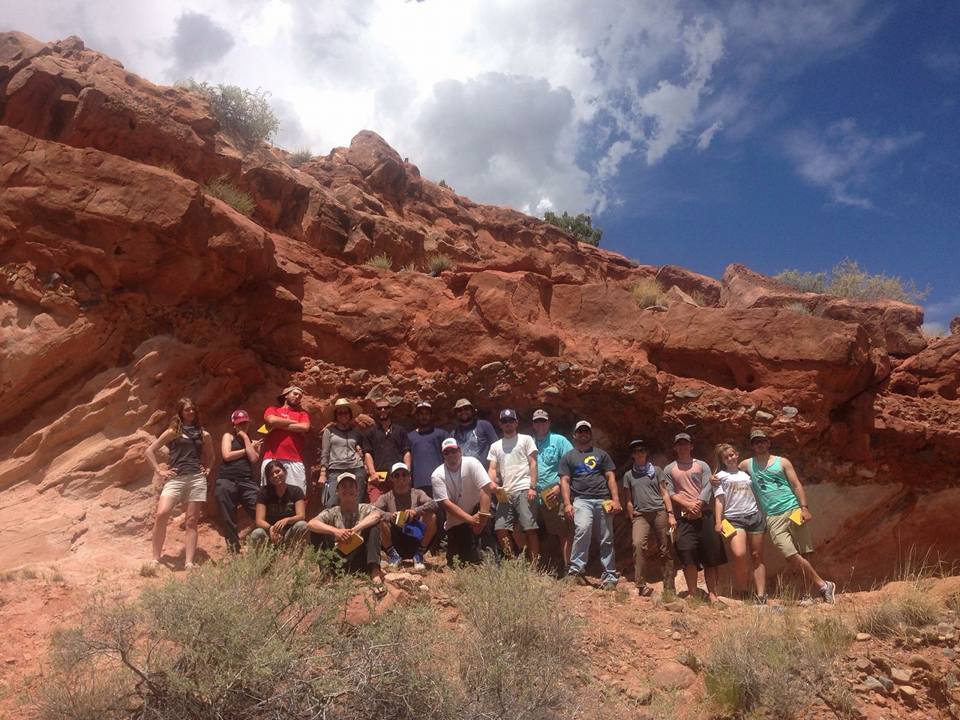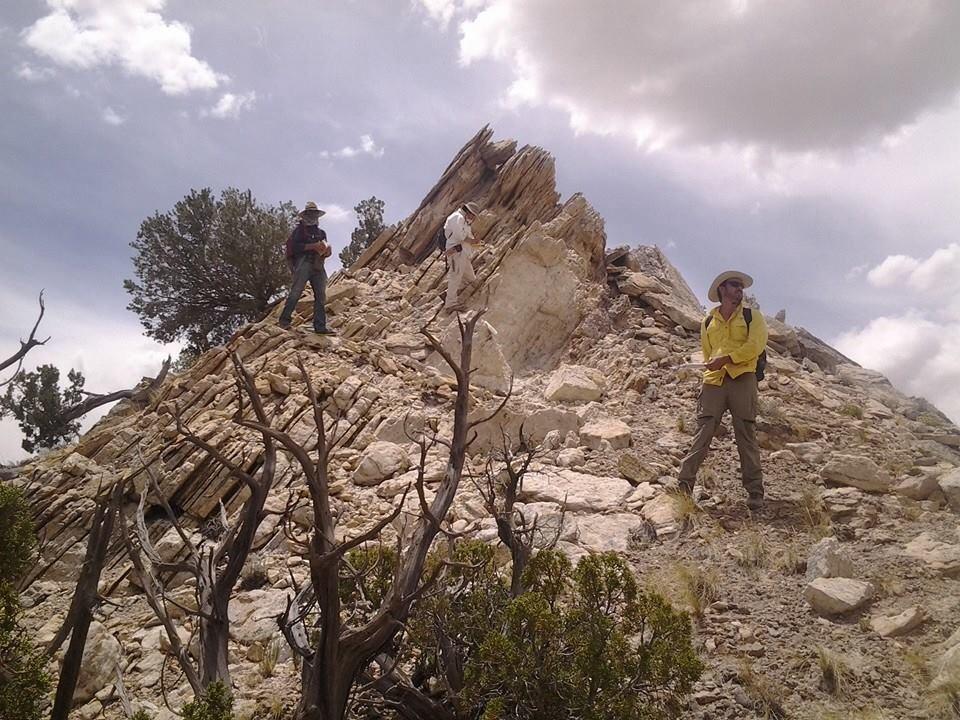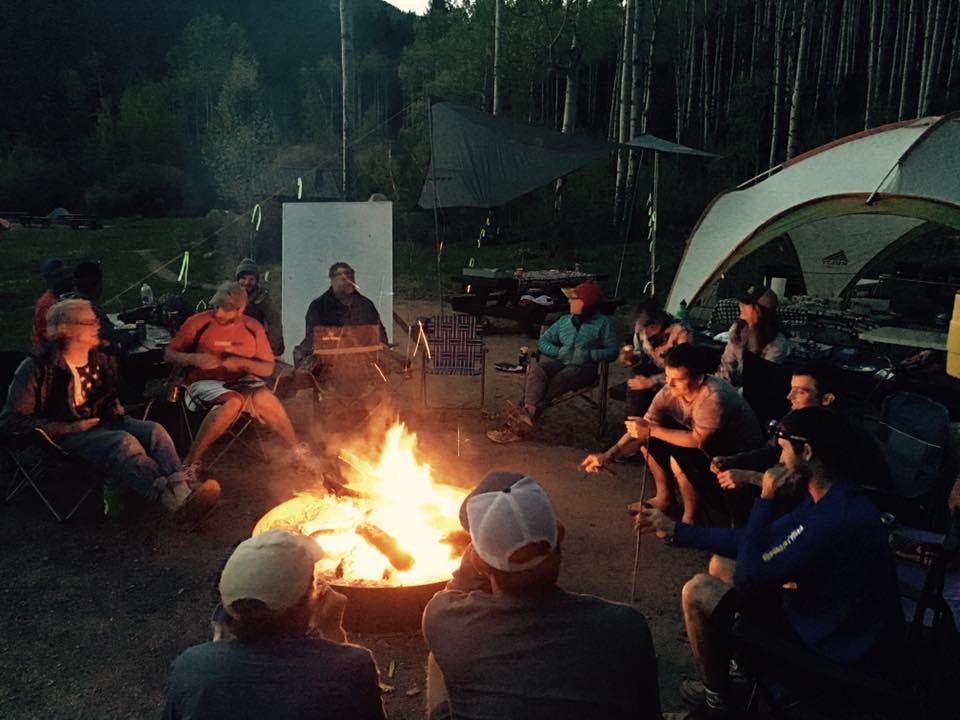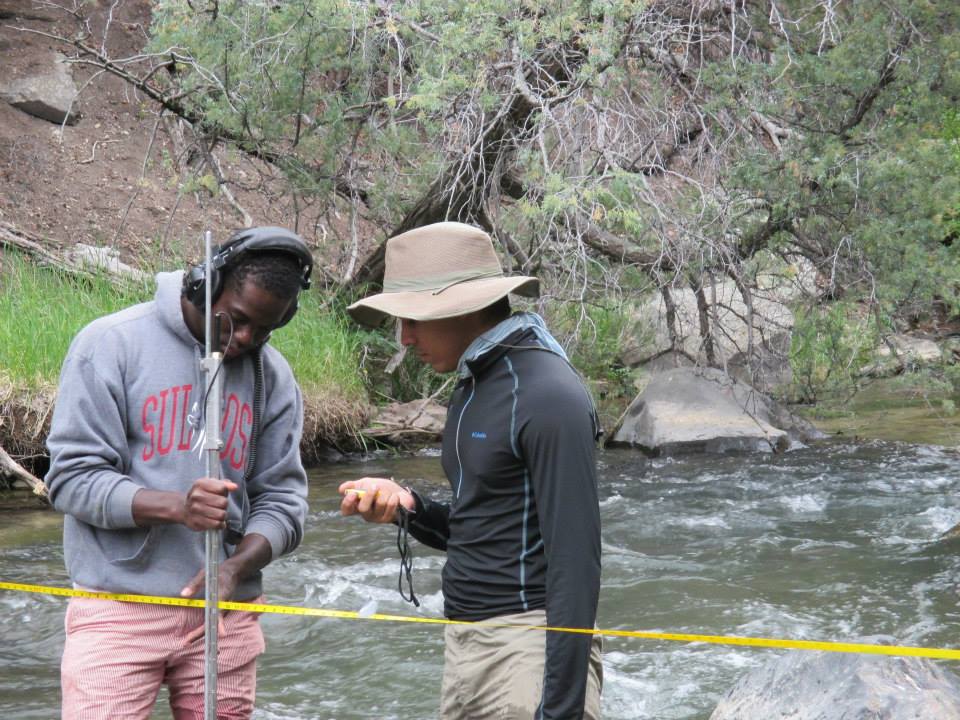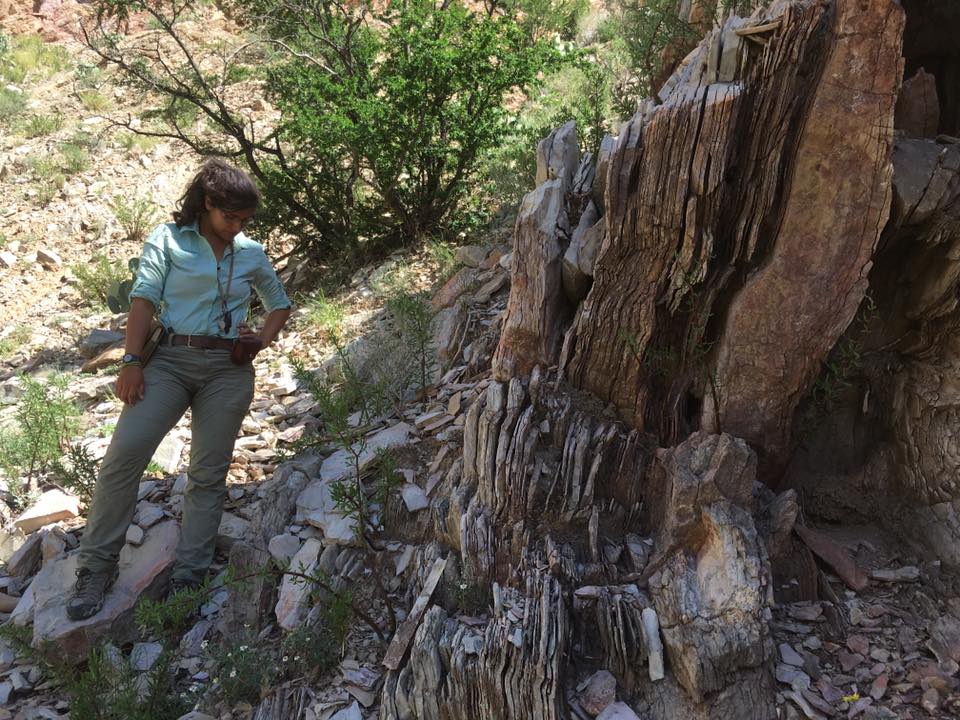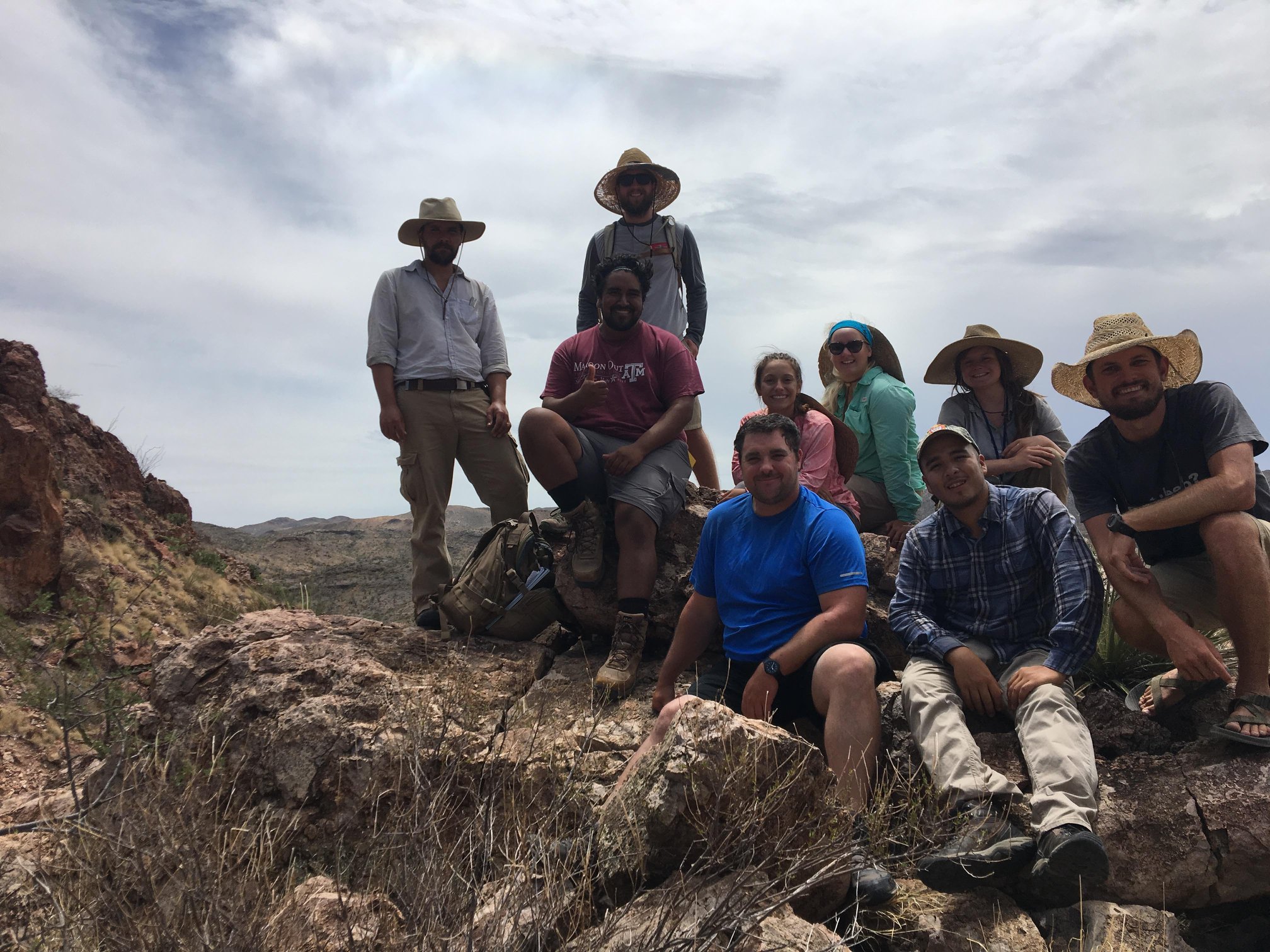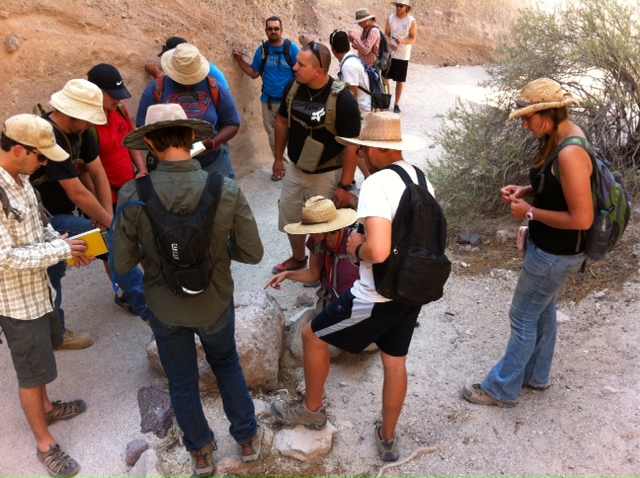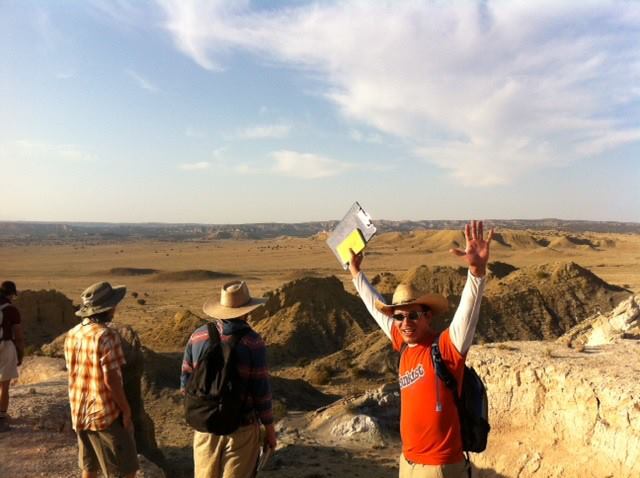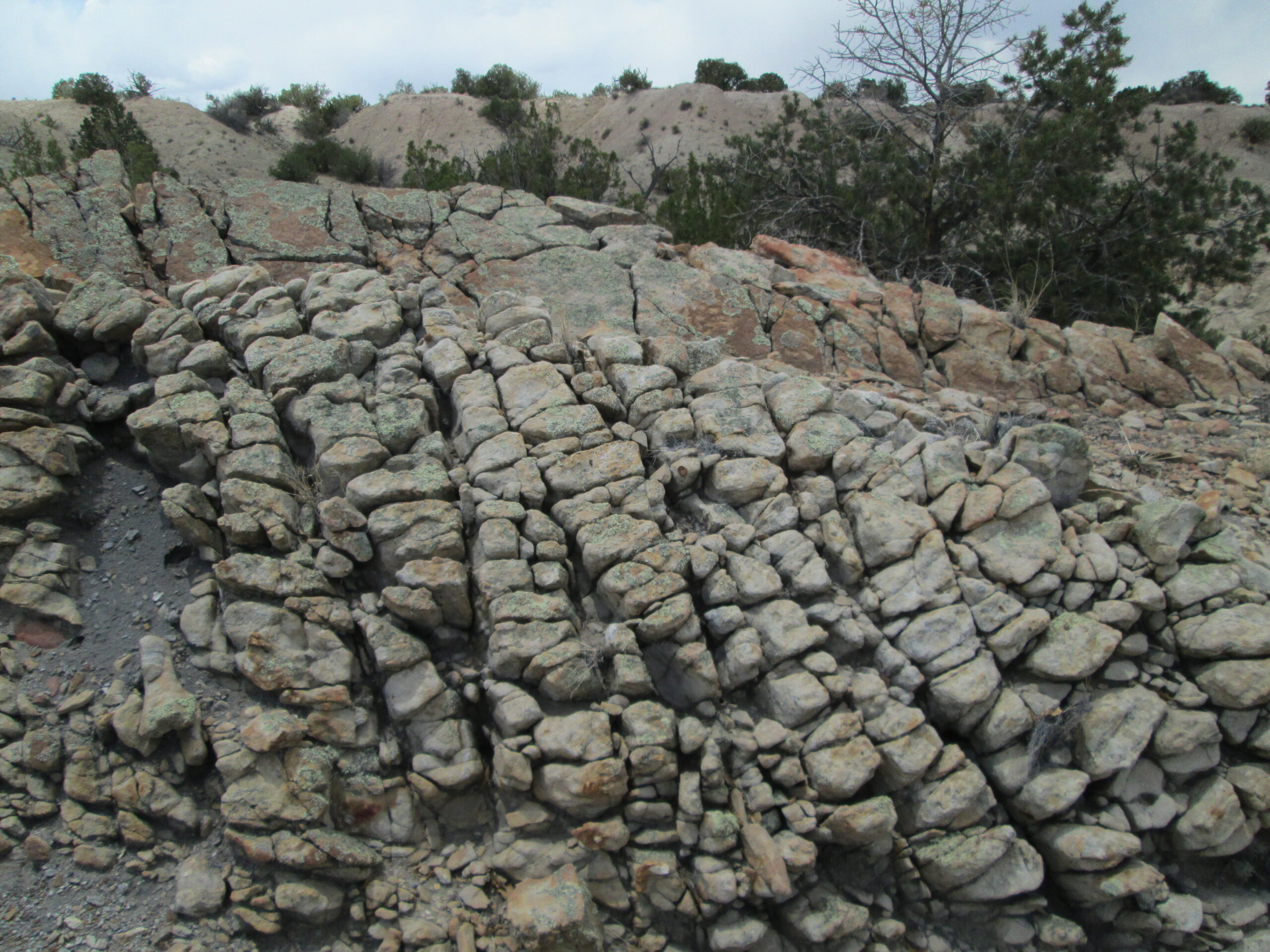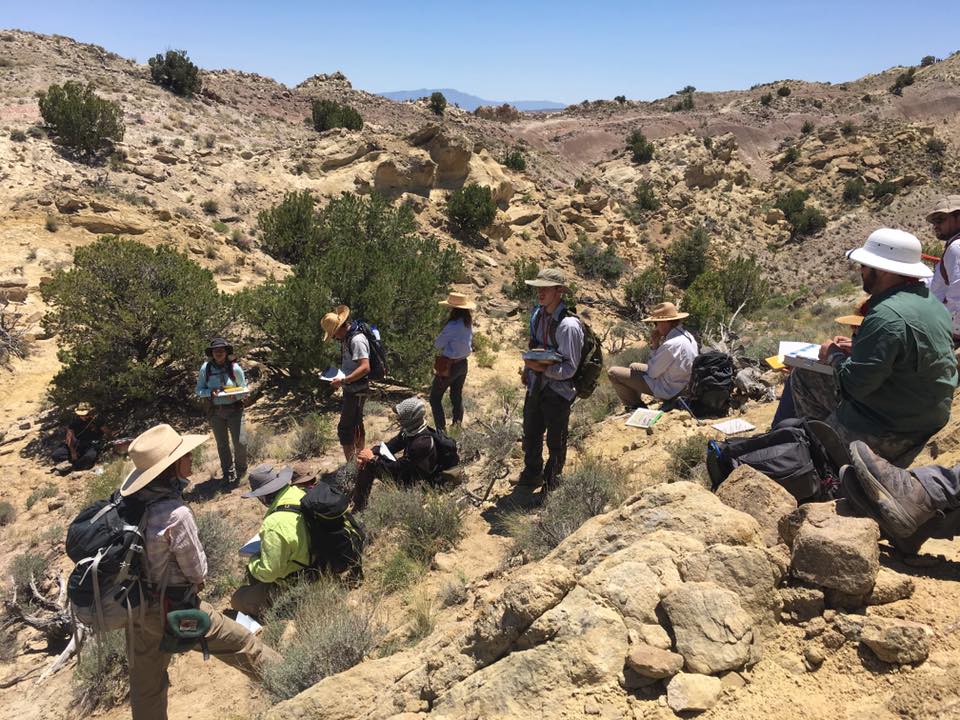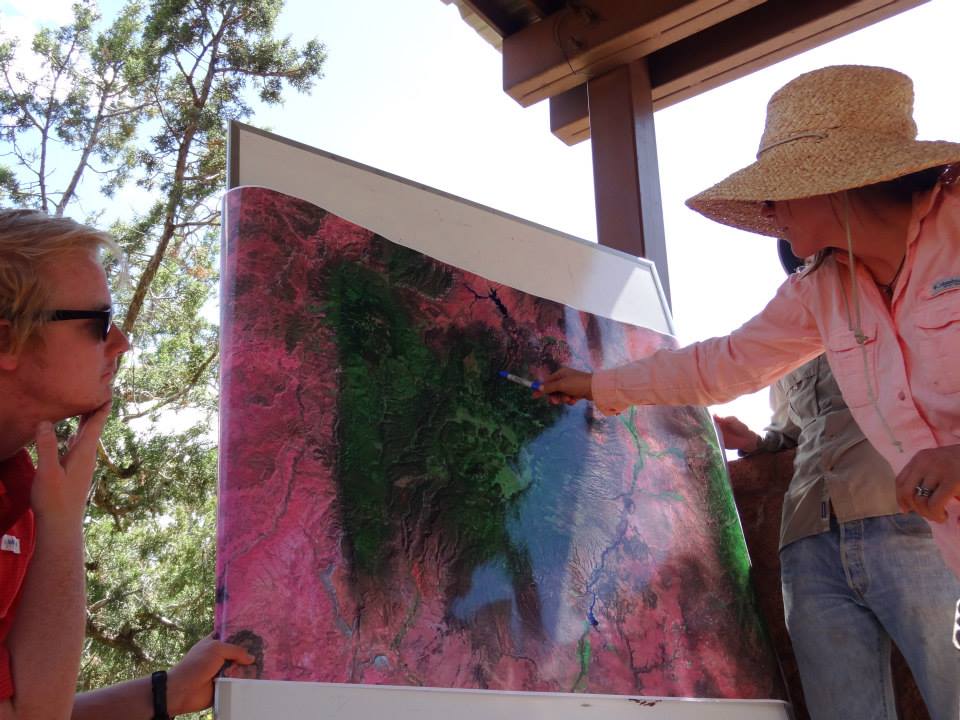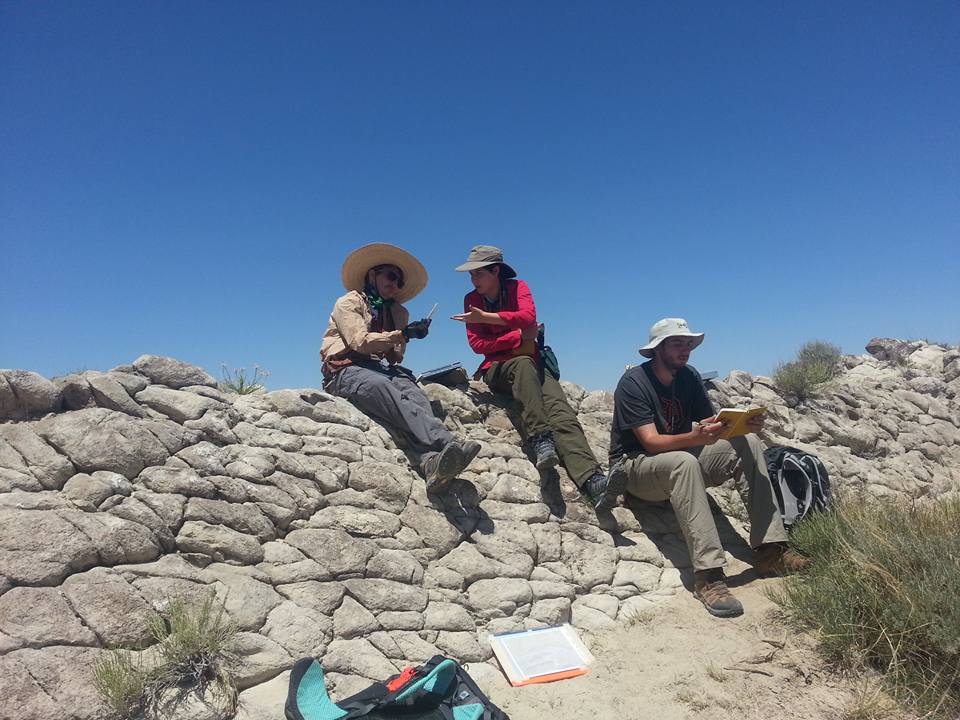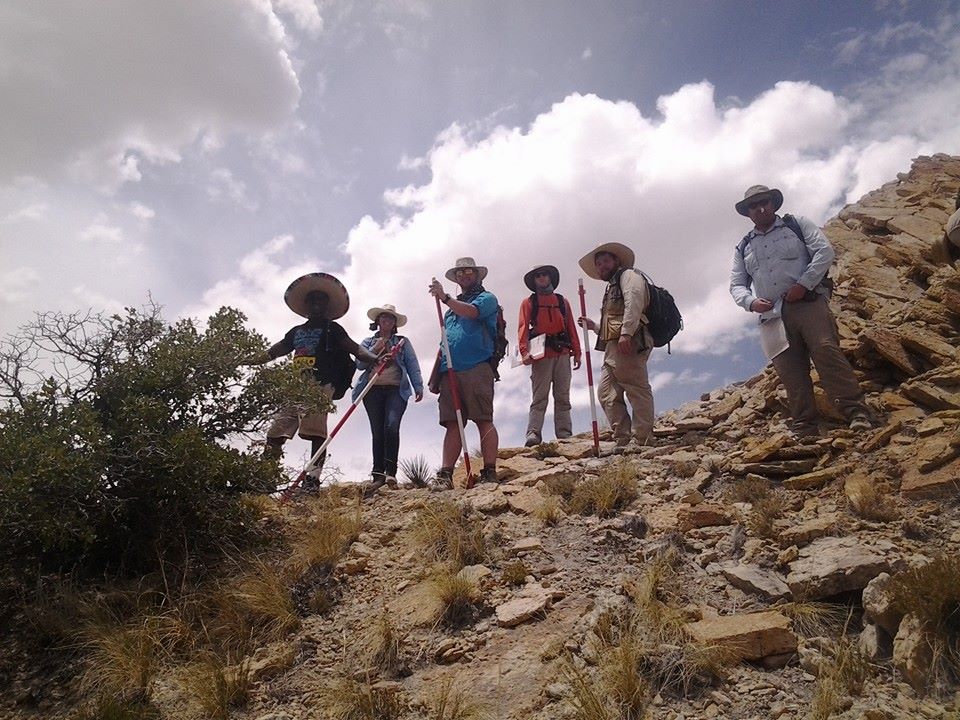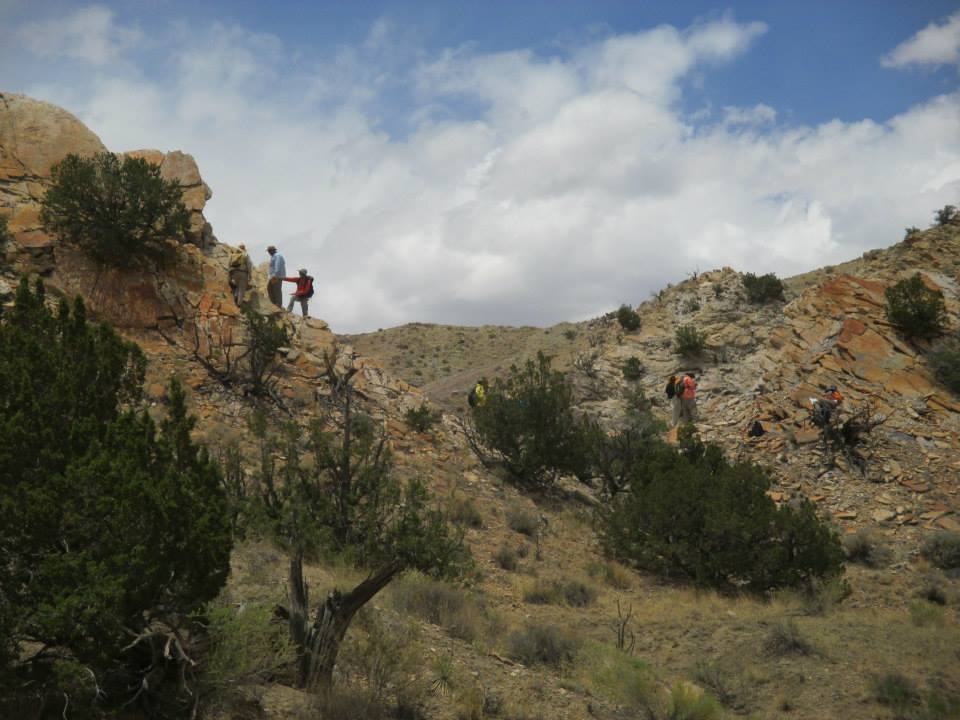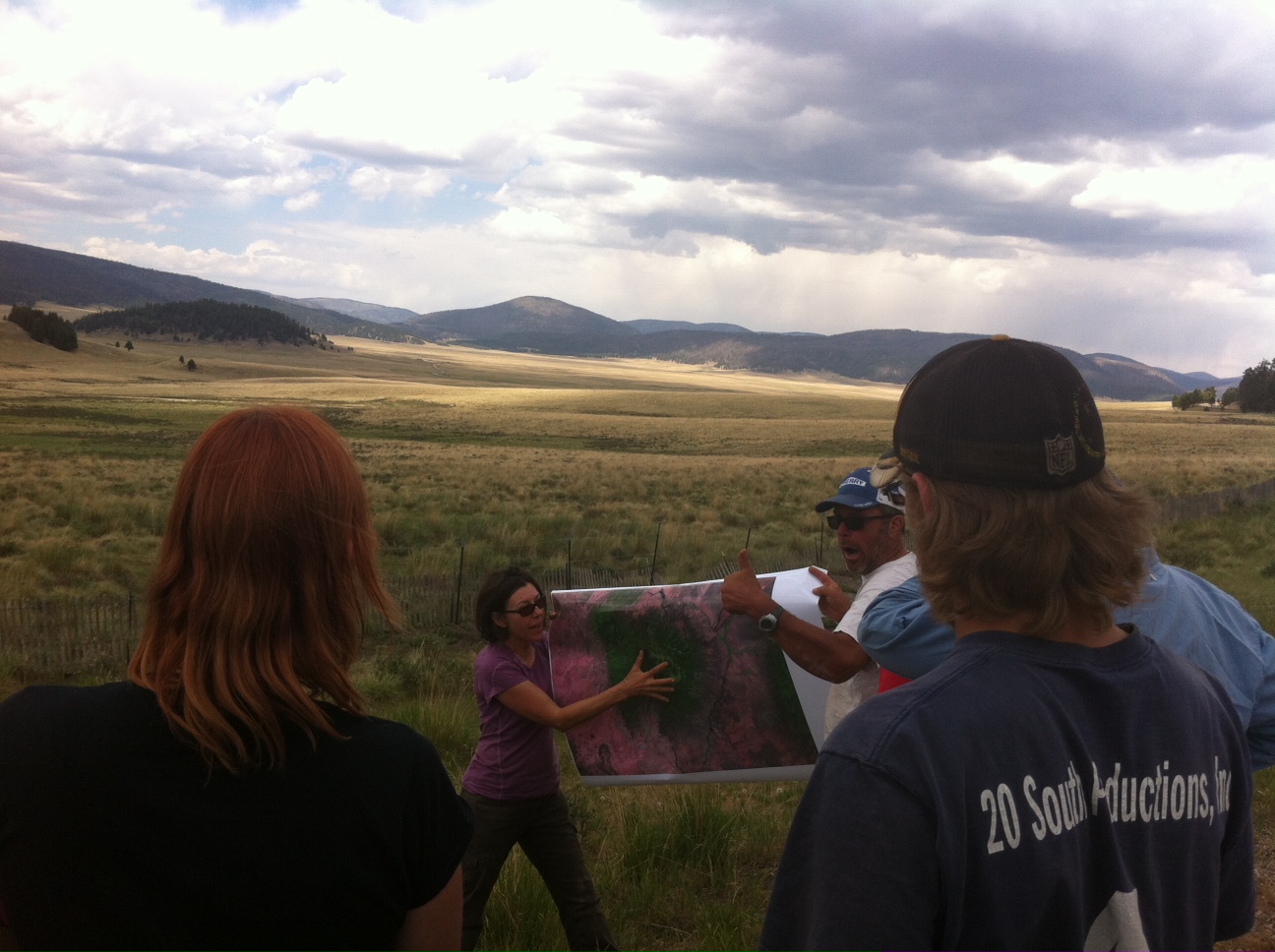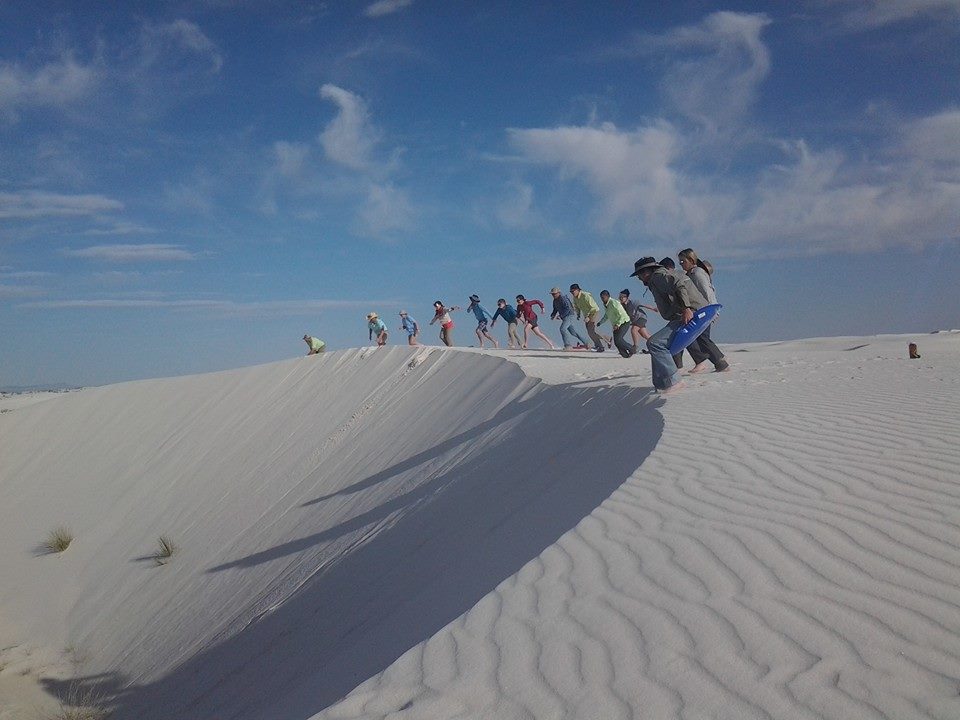Bienvenido, welcome, to the Geology Program at Sul Ross State University located in the heart of the Trans Pecos region and the Chihuahuan Desert. Below you will find brief answers to some questions you may have.
WHO: The Geology Program is a friendly, dedicated community of faculty, staff, and students, both graduate and undergraduate.
We get to know our students and camaraderie is fostered because class sizes are small and much of our education happens in the hands-on settings of lab and the field.
Students usually find a common interest with the geology faculty who have specialties in a broad range of geologic areas: vertebrate paleontology, invertebrate paleontology, igneous petrology, surface and groundwater hydrology, sedimentary petrology, structural geology, geochemistry, tectonics, sedimentology, geology of west Texas, and geology of the western United States.
WHAT: Two Bachelor of Science degrees in Geology and a Master of Science degree in Geology are offered by the Geology Program.
The geology bachelor’s degrees are designed so that our graduates can either work as an entry-level geologist in the environmental, petroleum, water, or mineral industries; work as a teacher at public or private K-12 schools; or continue study in graduate school. The master’s degree is designed so that upon completion our graduates can either obtain a job as a professional geologist or continue study toward a Ph.D.
WHERE: The Trans Pecos is one of the best natural, outdoor, geologic laboratories in the United States. Local rock exposures make up some of the most striking scenery in Texas. We utilize this natural asset in most of our classes, both undergraduate and graduate, through field trips that are a fundamental part of the learning experience.
WHY: The Geology Program offers a phenomenal education and experience at a good price.
The geology faculty are passionate about Geoscience and it shows in our teaching and emphasis on experiential learning in the lab room and in the field. Sul Ross is one of the more affordable universities in Texas and it is a great place for learning, studying, working, and relaxing.
We encourage you to contact us or drop by for a visit. Individual contact information can be found under the Faculty tab.
The Geology Program thanks you for your interest.
Happy trails, adiós, hasta la vista.

